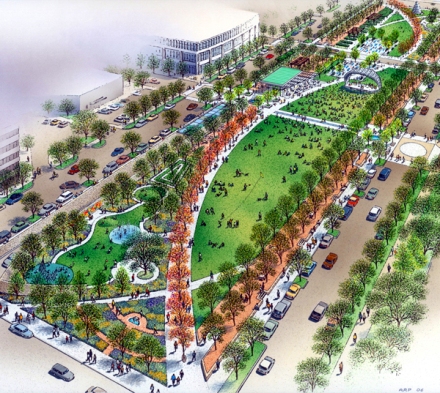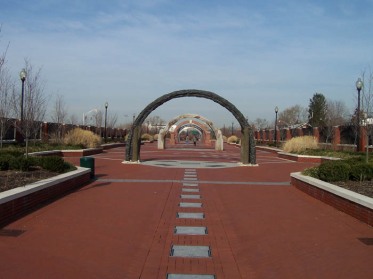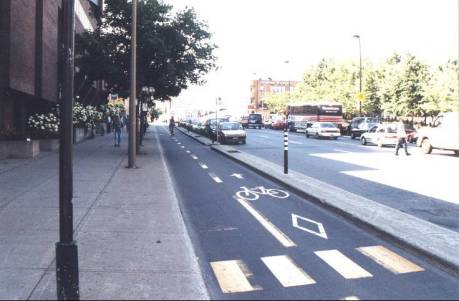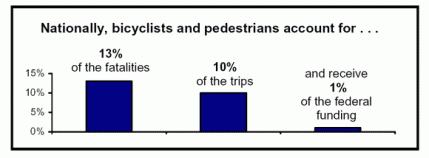I can’t decide which is worse. Crossing the street in Italian cities or here in Richmond.
This video shows exactly what it’s like to cross a street in the two Italian cities I’ve visited, Rome and Naples. For you impatient folks, fast forward to 1:12 (-0.52) for the best example.
Now traffic in Italy is absolutely insane. Scooters zip between cars, dividing lines seem to be mere suggestions, and right-of-way is determined like a game of chicken – whoever’s boldest gets to go. One of my taxi drivers said, “Don’t look” as he pulled out into oncoming traffic. He then shrugged and said “Poetic license.”
However, the chaos pauses- if briefly- when a pedestrian enters a crosswalk, even at an unregulated intersection (i.e. one with no stop light.)
Compare this to Richmond where, even when you have a walk signal at a stop light, turning cars will occasionally unapologetically try to mow you down.
In fact, statistics show that the United States is a more dangerous country for pedestrians than Italy.
United States: 1.63 pedestrians deaths for every 100,000 people.
Italy: 1.3 pedestrian deaths for every 100,000 people.
I think the key difference I noticed is that drivers in Italy expect chaos. They expect pedestrians to walk out in front of them, they expect scooters to sneak between their cars, and they expect other cars to pull out in front of them. Which means they’re far more alert than American drivers, and therefore less likely to run someone over.
More chaos=more safety?
There is, in fact, a school of traffic engineering that is trying to bring this kind of chaos to road design in order to make us safer. According to a 2004 article from Salon.com, European traffic engineers are trying to reintroduce chaos to the streets:
“The busier the streets are, the safer they become. So once you drive people off the street, they become less safe.”…
[E]ducation campaigns from the 1960s onward were based on maintaining a clear separation between the highway and the rest of the public realm. Children were trained to modify their behavior and, under pain of death, to stay out of the street. “But as soon as you emphasize separation of functions, you have a more dangerous environment,” says Hamilton-Baillie. “Because then the driver sees that he or she has priority. And the child who forgets for a moment and chases a ball across the street is a child in the wrong place.”…
“The more you post the evidence of legislative control, such as traffic signs, the less the driver is trying to use his or her own senses,” says Hamilton-Baillie, noting he has a habit of walking randomly across roads — much to his wife’s consternation. “So the less you can advertise the presence of the state in terms of authority, the more effective this approach can be.”
Too radical for the United States, I fear. But in Italy, chaos seems to work pretty well on the streets.





